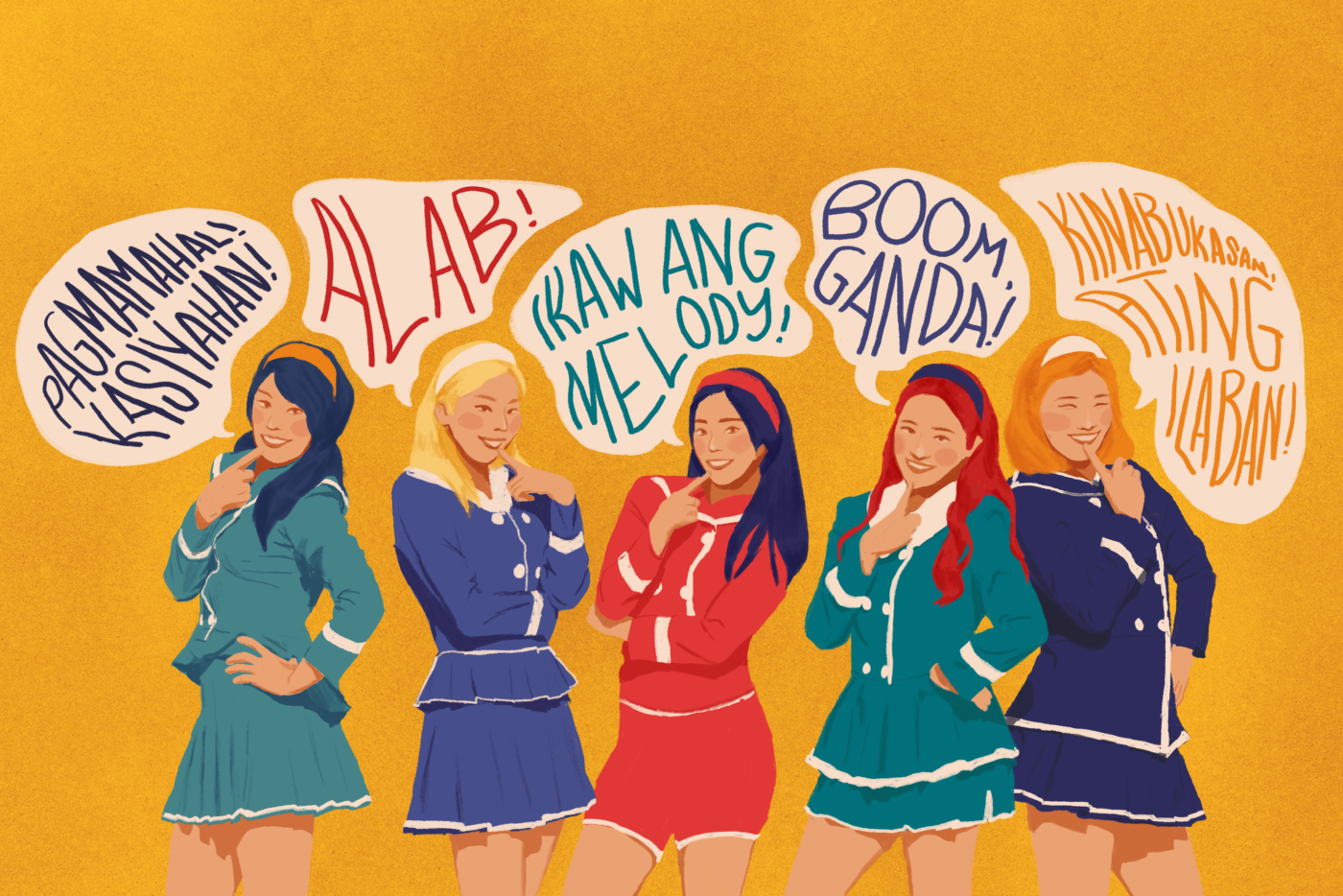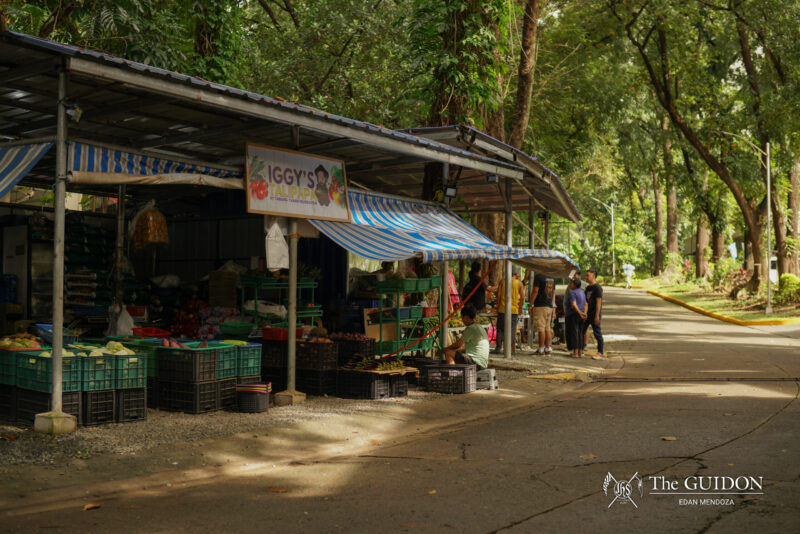PLAYING WORLDWIDE-SENSATION BTS’s Dynamite on repeat, blasting fanchants, and calling dibs on a bias influenced the eventual rise of Philippine Pop or P-pop. The genre dates all the way back to the 1970s, when Original Philippine Music (OPM) was its central brand. However, with K-pop’s influence landing in the country, P-pop has evolved into troops of passionate Filipinos who weave K-pop elements and Filipino lyrics into their music.
Along with their music, P-pop groups are taking notes off K-pop’s book on fashion, and choreography, causing some to flock to their music as SB19’s A’TIN or respond with the words “irritating” and “unoriginal.” Under the pressures of the Philippine music industry, three aspiring P-pop idols reveal their group’s struggles and aspirations.
Standing on foreign land
In coming up with a group’s brand, establishing the sound and getups are key to catching the audiences’ attention. Liway, Wonderland-Hiraya’s manager and “bright yellow member,” describes their group’s music as the assimilation of K-pop and J-pop with OPM.
On stage, however, the music is complemented by the idols’ costumes and sets. P-pop Generation member Vianne Cayangyang explains that their fans are drawn to their ensemble. “We have cute and shiny costumes din kasi when performing live [kaya] nakaka-attract kami (We also have cute and shiny costumes when performing live, so we were able to attract the audience),” she says.
While K-pop and J-pop-inspired Filipino groups have been greeted with enthusiasm by some, others have differing opinions. Wonderland-Hiraya’s leader, Likha, shares that like many other P-pop groups, they struggle to be acknowledged as a K-pop-inspired P-pop group. “[They are] implying that they are mere copycats of K-Pop,” she says.
She adds that the performance quality of Filipino idols is always perceived as inferior to their K-pop counterparts. Likha explains that long exposure to these foreign idols has cultivated an unreachable standard, leaving the Philippine culture and Filipino identity as their only unique components.
These qualities, however, do not guarantee survival in the music industry. For Liway, what exemplifies a Filipino idol is not only one’s inclination to music, but also perseverance in the Philippines’ cutthroat entertainment industry. Amid varying preconceptions on the essence of P-pop, idols venture into a wearying undertaking as they bring their talent and individuality to the limelight.
As the stardom unfolds
Behind the cutesy costumes and upbeat songs is the long and difficult journey towards the local music scene. As Filipino idols enter the local industry, they hope to entertain audiences with their novel performances.
To further improve their performances, they train hard to hone their singing and dancing skills. According to Likha, being juxtaposed to foreign groups impels them to strive for competence.
Another expectation imposed on P-pop idols is maintaining a fit and appealing physique commonly observed in K-pop artists. “Bawal talaga [kaming] tumaba and sobrang hirap [nito] dati kasi hindi naman kami sanay sa training ng ilang oras. [Kailangan din na] may disiplina ka pa sa mga kakainin mo (We are really not allowed to gain weight, and this is extremely difficult because we’re not used to this many hours of training. We also need to be disciplined with what we eat),” Cayangyang says.
While P-pop groups have shared similar toils with foreign groups, they still experience being cast in a negative light by their own countrymen.
Outlining identity
Although P-pop groups have endeavored to underscore their talents as localized groups, many Filipinos still view them as an inferior counterpart to foreign acts. According to Liway, this perception can be attributed to Filipinos’ colonial mentality. “We have this notion that whatever the foreigners or our colonizers [like Japan] do, it’s way better than what we produce as a country,” she explains.
Amid the public’s opposing views, Liway and Likha stand their ground on P-pop groups’ unique blend of music, as local idols are also eager to weave together lyrics that capture the Filipino identity. According to Liway, one key aspect that distinguishes P-pop groups from K-pop and J-pop groups is their style of writing. “[T]he way we write is very kundiman,” she explains. She adds that incorporating this traditional Filipino music genre into their songs enables them to better spotlight the Filipino culture.
Furthermore, P-pop songs contain lyrics that are unique to the experiences of Filipinos. This is illustrated by Wonderland-Hiraya’s songs about traditional Filipino values and societal pressures that they want altered. “A lot of [the] songs [we are currently writing] are very socially relevant,” Liway says.
Past all the flak received from fellow Filipinos, P-pop group members yearn to be heard and appreciated for their craft. “I hope [the Filipino public] would be more open-minded when it comes to new P-Pop groups. P-Pop is just starting in the Philippines, and there’s a huge opportunity for them to be successful,” Likha shares.







